It can feel hopeless sometimes. Hopeless to start working out when you haven’t for so long.
But there is always a way to come back from that feeling and take control of your physique, health and spirit.
The body is an incredible machine with built in capabilities to be flexible to the environment. The cells in your body are trying to maintain homeostasis, meaning they’re trying to maintain your body with the given responses from the environment. So if they’re not used to working out then that is how they will function but if you then all of the sudden start working out they will quickly adapt and be right there with you. There are around 37 trillion cells in your body, think of that as 37 trillion tiny friends cheering you on for support.
I can’t give you a reason to workout, no one can, that will be up to you. So if you’re getting back into working out, in this article, I want to show you it may be much easier than you think and guide you on a strategy of how to do so.
Benefits Of Getting Back Into Working Out
There are many benefits to working out, here I’ll list just a few to not distract from how to get back into working out.
1. Good Physique and Weight Loss
The first, and probably biggest, benefit for people to get back into working out is to lose weight, put on muscle and transform their body. People care how they look and most people want to look good, have a slim waist with a lean and strong physique. It’s also more than just looks too because if you’ve ever had 20, 30, 40 pounds or more of fat on your body and you lose that fat, what you realize is how physically annoying that fat is to have on your body; speaking from experience. Pants squeeze too tight and it gets sore around the waist. Love handles spill over the pant line when sitting and rub against the couch, irritating the lower back. Clothes don’t fit right. There’s a lot that goes into losing weight and being lean more than just looking good to impress others.
2. Reduces Diseases and Health Conditions
Whether it’s heart disease, high blood pressure, stroke, cancer or so many other ailments, exercise can help reduce unwanted disease and improve overall wellness.
3. Boosts Mood
Exercising has been shown to boost people’s mood and make them feel happier. Even a 20 minute walk or yoga session can yield a small boost in mood. When getting back into working out it doesn’t have to be a complete revamp of your life. As you read, even little periods of exercise in the day can help move the needle. So if after a 20 minute walk you have a slight boost in mood isn’t that worth at least trying it?
4. Reducing Anxiety
This is similar to the boosting mood benefit but I wanted to separate it because anxiety can be it’s own beast just beyond needing a boost in mood. Exercise has been shown to reduce anxiety by improving physiological symptoms as well as mental ones.
Getting Back Into Workout Out Questions Answered
I’ll go through a few common questions of getting back into working out.
How To Get Back Into Workout Out?
When you want to get back into working out it’s important to keep 2 things in mind:
1. Don’t judge your performance now compared to before
You want to be careful not to be too harsh on yourself when you get back into working out. It’s likely that you won’t be able to run like you did before, lift the weights you could previously or have the mobility you historically have. That’s totally OKAY! It’s not typically the case if you didn’t workout for 3 months and could go back to the gym bench pressing the same weight. Remember what I said in the introduction about your cells, they are always molding to your environment. So if you don’t workout and put stress on your muscles then they won’t have a reason to keep as much muscle or to keep cardiovascular fitness. Although you may not be at the same level as you once were, keep in mind that your cells flexibility also works in your favor. Meaning, once you start working out again your cells will adjust to it quickly and the benefits that come with exercising will quickly come to you.
2. Start Small
If you haven’t working out in several months, like mentioned above, then your body may not be as strong as it was. It’s important to keep in mind that your connective tissue may not be as strong as it was either. Which means you now risk getting injured easier than before. This is totally okay though because only after a few weeks of connective tissue strengthening you’ll be able to get back into lifting heavy or sprinting like before. Just be sure to take it slow the first few weeks and focus on connective tissue strengthening over skeletal muscle building. You can do this by doing lighter weight at a higher rep volume and stability holding movements.

Why Can’t I Get Back Into Working Out?
You may be having a difficult time getting back into working out because of different reasons. It’s hard to say without speaking with you directly but a few common ones are:
- Setting unrealistic goals and then feeling defeated
- Trying to pick up where you left off without bridging the gap first
- Trying to spend too much time exercising at first when your schedule or body can’t keep up yet
- Not having accountability
What To Do When Starting To Workout?
When starting to workout again make sure you have a good exercise plan (I’ve created an example plan below) for where your capabilities are now. Focus on building connective tissue through isometric holds and lighter weight for the first couple weeks to prevent future injury. It may be hard restraining yourself from trying exercise or workout at the level you were before now that a newfound wave of motivation has hit. But it’s vital to take it slow during these beginning stages because your exercise motivation might be like a budding seedling.
Think of your exercise motivation like a plant seed that has been dormant for a little while. Like a plant seed, it won’t sprout until the right conditions are in place. For a plant seed those conditions would be sunlight, water and oxygen. For your exercise motivation those conditions may be timing, changes in your life affecting the motivation to workout and many others. As these conditions grow your motivation to exercise it will happen little bits at a time. Then slowly over time your exercise motivation will sprout out of the ground and begin to grow into a tree. But those early stages it’s important to be patient, keep giving it the right conditions and not to overwhelm it.
Starting To Workout At Home?
If you will be first starting to workout at home and not go to the gym, then keep in mind you can do most workouts with just your bodyweight but getting a few pieces of equipment could help set you up for success.
Either way, whether you just start with bodyweight or buy some equipment, make sure you have set up space in your home to workout that’s a safe area and it’s surroundings will keep you motivated.
For example, when I first got into bodyweight calisthenics training I was doing a wall handstand and fell sideways into my desk. It hurt and my foot got cut up. So, learn from my mistake of thinking that I was so capable there was no way I’d fall over to then have myself get injured.
It’s also good to keep in mind that you want to find an area in your home that you feel motivated to workout in. If you’re trying to workout in your living room in front of your couch, you may be pumped to exercise because your body knows whenever you’re there it’s Netflix time. So find space in your home that may be more dedicated to work or at least a neutral area so your psyche is in the right place from the start.
Getting Back Into Working Out Plan
As a certified personal trainer, I’ve written many workout plans for people at different skill, experience and circumstantial levels. The workout plan below is going to focus on bodyweight training for strengthening connective tissue. This plan will be at a more an experienced level so anyone can use it by either following the plan or regressing it down to the right level. If it’s been a very long time I encourage you to shorten the hold times and reps to what feels right for you.
Getting Back Into Working Out, Workout:
~30 to 40 minute workout.
Resting 45 seconds between each set.
Warm up:
- 30 seconds high knees
- 8 squats
- 8 front lunges
- 30 seconds high knees
Workout
- 3 sets of 10 to 12 squats
- 3 sets of 15 to 30 second wall sits
- 3 sets of 10 to 12 walking lunges (per leg)
- 3 sets of 10 to 12 pushups
- 3 sets of 10 to 12 cobra
- 3 sets of 15 to 30 second bridge holds
- 3 sets of 30 second bicycles
- 3 sets of 15 to 30 second planks
Conclusion
When getting back into working out remember to:
- Be patient and not judge your performance
- Start small
- Begin by strengthening your connective tissue first
- Not rush your exercise motivation but slowly grow it over time
Disclaimers
I am not a doctor and do not recommend anything on this site, or blog post, for anyone without consulting with their doctor first. Please read the privacy policy for more information.
The information in this article is for educational and entertainment reasons, it should not be interpreted as medical advice or as a recommendation for a specific treatment. Always talk to your doctor and in the event of a medical emergency one should seek the help of a qualified and licensed health care provider.
If you have any medical ailments, or are a beginner without the supervision of a fitness professional, please consult with your physician before engaging in any new exercise program.


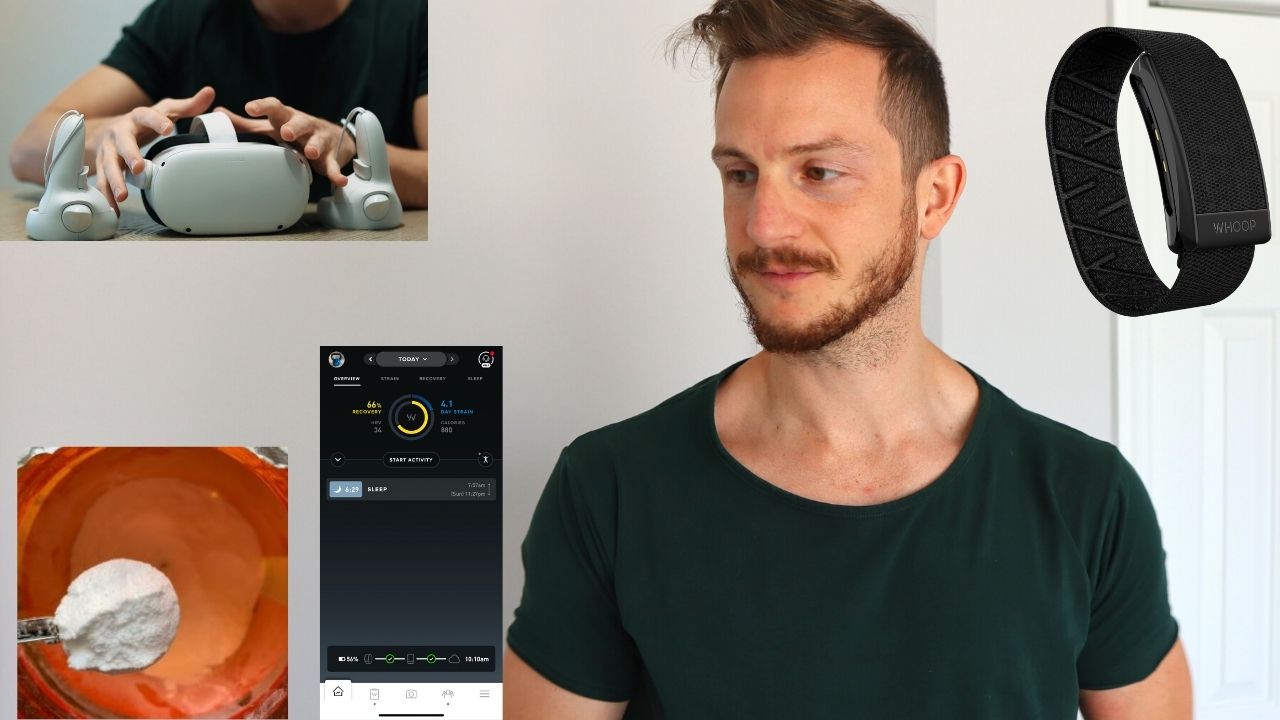
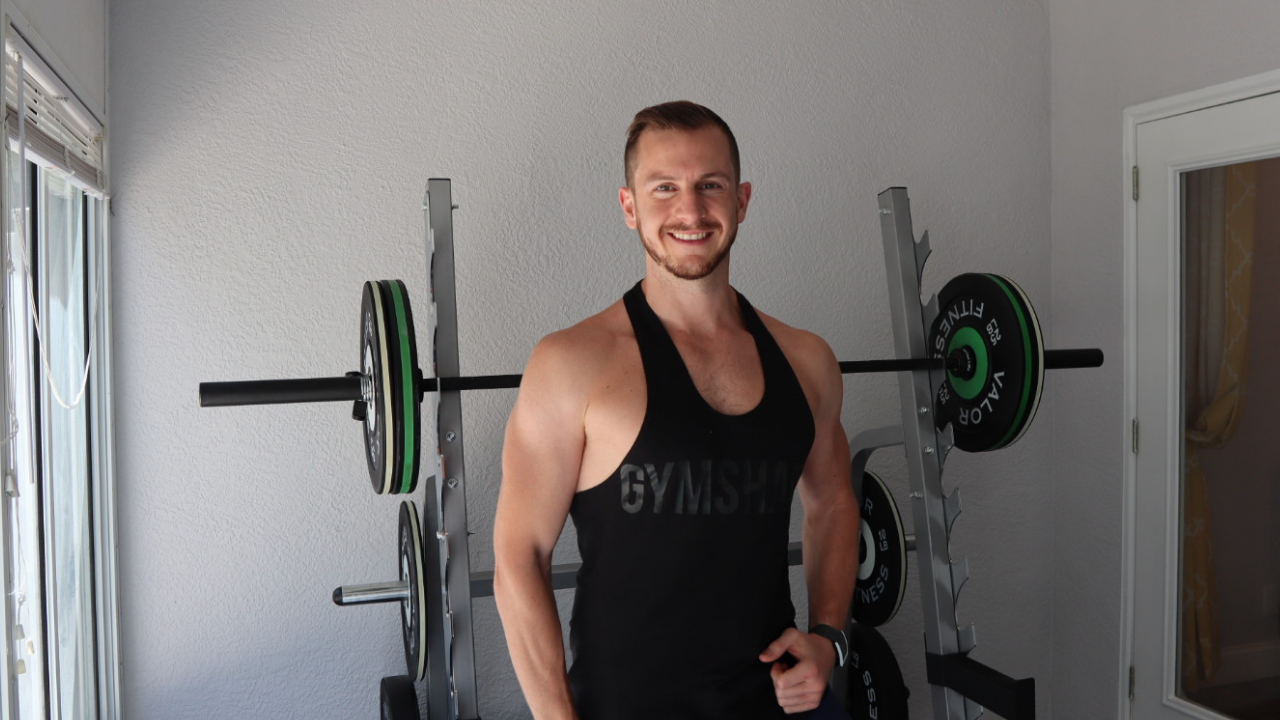

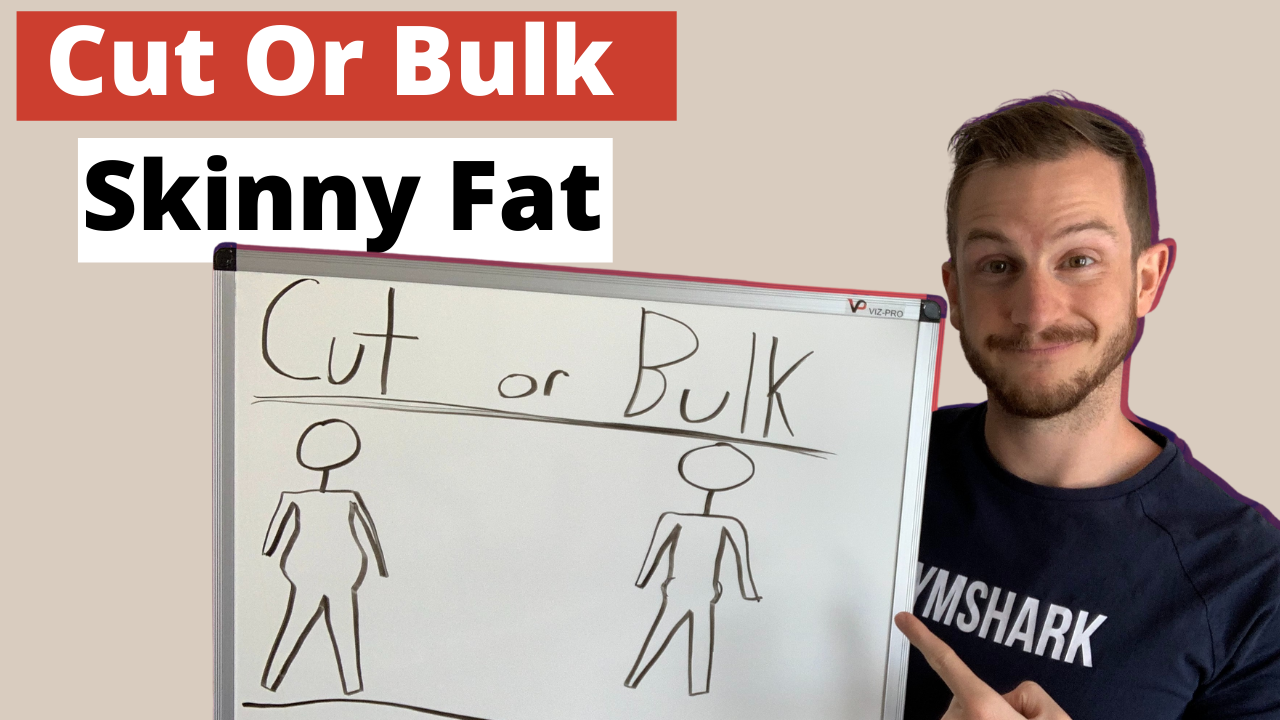
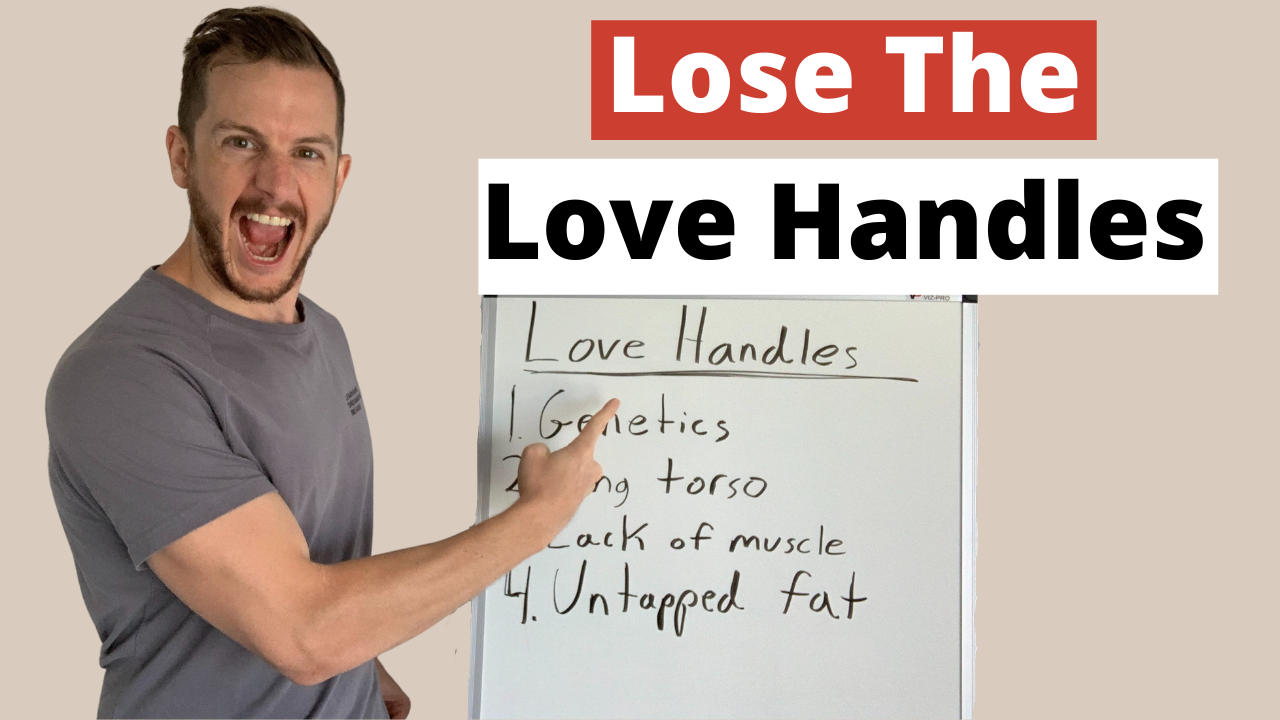

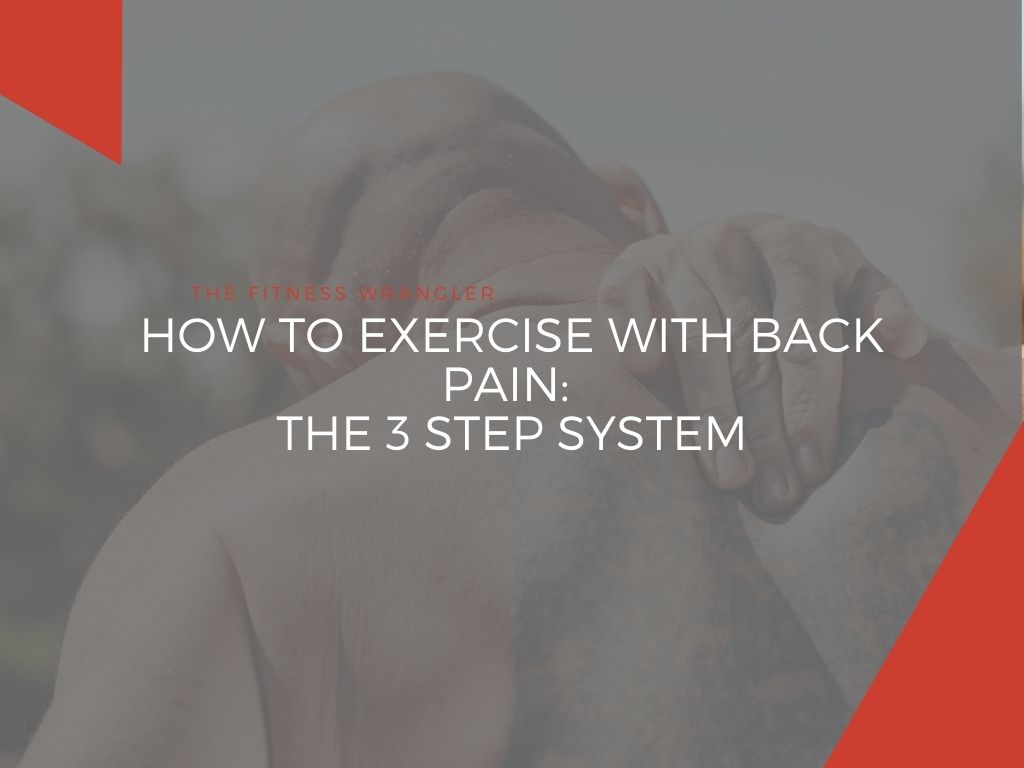
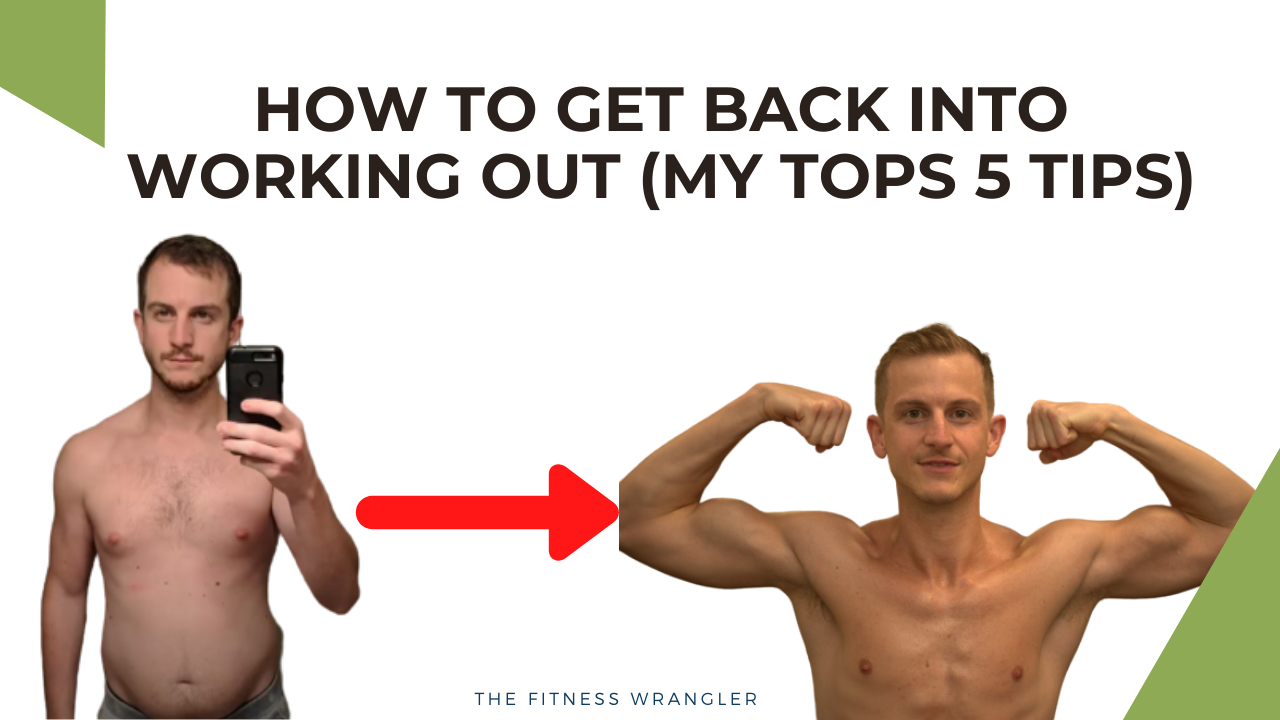
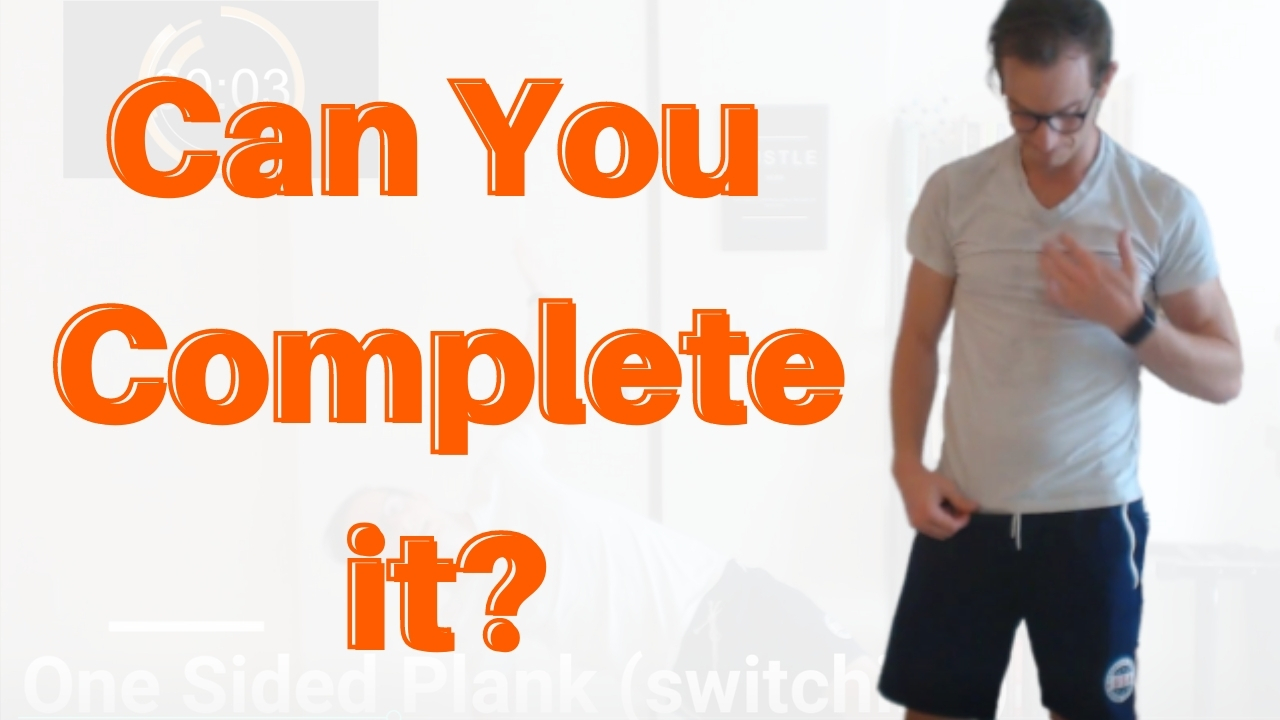

Leave A Comment